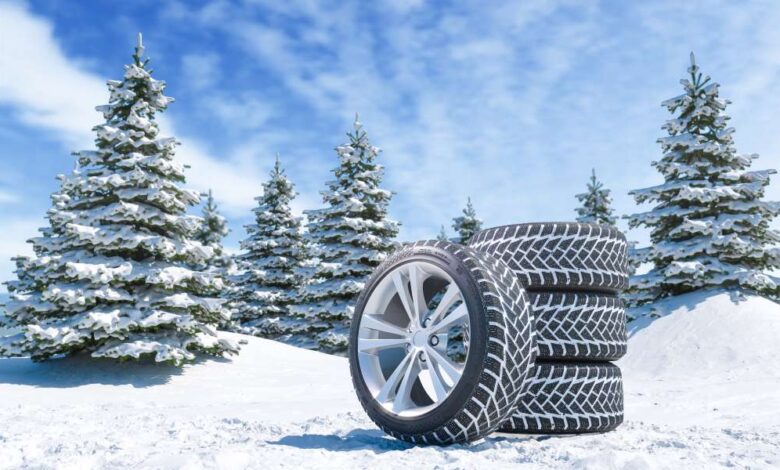How To Choose the Ideal Winter Tires for Your Vehicle

If you live in a region with frigid, snowy, and icy winters, you know the importance of preparing your vehicle for winter driving. For many drivers, this means selecting a set of winter tires to install on their car for the duration of the season.
But not all winter tires are created equal. Keep reading to find out how to choose the ideal winter tires for your vehicle as we explain the basics of winter tires, show you how to assess your needs, and lay out the key features of these seasonal tires.
Familiarize Yourself With Winter Tires
Winter tires are meant to handle the harsh conditions of winter driving. Unlike all-season tires, winter tires have unique tread patterns and rubber compounds that remain flexible in freezing temperatures. This flexibility allows them to grip icy and snowy surfaces more effectively, providing better traction and control.
The science behind winter tire technology is fascinating. The tread patterns feature deeper grooves and biting edges that help channel snow and slush away from the tire, reducing the risk of hydroplaning. The rubber compounds of winter tires stay soft in cold weather, ensuring they can conform to the road surface and maintain grip.
Assess Your Driving Needs
When choosing winter tires, it’s essential to consider your specific driving needs. Think about the typical winter driving conditions you encounter. Do you drive on well-cleared city streets or unplowed rural roads?
Your vehicle’s make and model can impact your tire choice as well. Some cars perform better with certain types of tires, so consulting your vehicle’s manual or a trusted mechanic can be helpful. By understanding your driving habits and conditions, you can choose winter tires that offer the best performance and safety for your situation.
The Key Characteristics of Winter Tires
To choose the ideal winter tires for your vehicle, you must understand what sets some winter tires apart from others. For one thing, winter tires can feature either a studded or non-studded surface. Studded tires are best for heavy-duty winter use and necessity, like off-road vehicles or roads with significant snowfall yearly.
The tread pattern of the tire is also a key consideration for winter drivers. The tread pattern channels snow and water, so look for options with deep grooves and multiple sipes for better traction. The rubber compound is also important; high-quality winter tires should remain flexible in cold temperatures to maintain grip on icy roads.
Stay Safe on Frosty Roads With Winter Tires
When you’re driving during winter, the tires are critical to the safety and performance of your vehicle. Winter drivers must familiarize themselves with the ins and outs of winter tires and understand the differences and characteristics each tire compound offers. Assess your driving needs to make an informed decision about what’s best for you and your vehicle. With dependable winter tires, you can drive during the snowy season with confidence.




